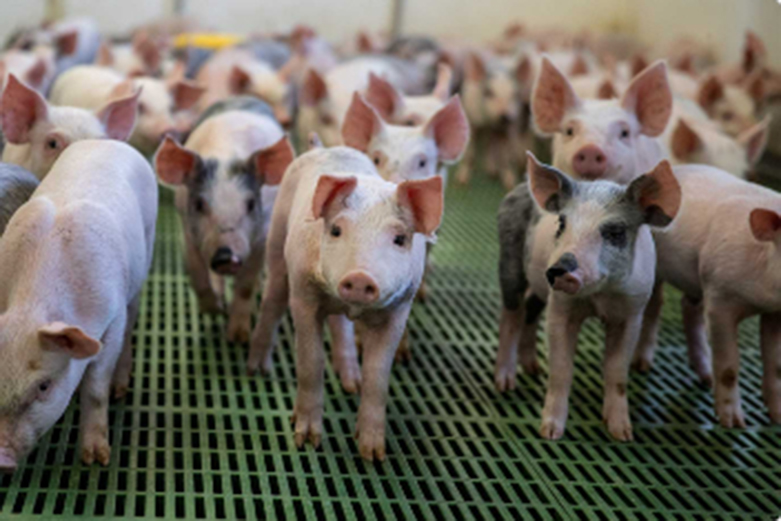Why it matters
Weaning is one of the most critical turning points in a piglet’s life. It is a moment of profound physiological, nutritional, and behavioural disruption that, if mismanaged, can compromise lifetime performance and welfare. Yet, when approached strategically—with science, structure, and empathy—it becomes a launchpad for health, growth, and productivity.
As the industry pursues more efficient, welfare-centred production, managing the weaning transition with precision is no longer optional. It is essential.
How PIC and progressive producers are transforming weaning outcomes
Historically, weaning has been treated as a logistical event—a set date determined by facility constraints or weekly routines. Today, innovative farms are redefining weaning as a dynamic biological process, tailored to piglet maturity, sow condition, and downstream performance.
What this means in practice: Key innovations and producer benefits
1. Understanding Natural Weaning to Improve Managed Transitions
In wild boar populations, weaning is gradual and occurs between 8–17 weeks, allowing piglets to adapt physically and socially. Modern production, however, often compresses this transition into 21–28 days. This abrupt change—separation from the sow, new diet, new environment, new social structure—triggers what experts call the weaning stress cascade.
Innovation tip: Structuring weaning protocols to mimic natural graduality. Early creep feeding in farrowing crates helps familiarize piglets with solid feed, shortening the “latency period” post-weaning and promoting gut integrity.
2. Minimizing the Latency Period to Protect Gut Health
The latency period—between weaning and the start of regular feed intake—is a high-risk window. Piglets that delay eating lose body reserves, experience villus atrophy, and face rapid changes in microbiota, often leading to post-weaning diarrhoea.
Example: Piglets consuming at least 150g/day of feed immediately post-weaning maintain intestinal villi integrity and better absorb nutrients. Conversely, those that delay intake enter a cycle of malabsorption and poor growth.
Action point: Use transitional feeders familiar to piglets from the maternity phase and monitor early feed visits. Avoid abrupt changes in feed type or presentation.
3. Targeting Social Stress: A Hidden Performance Drain
Weaning not only separates piglets from the sow but also disrupts their social structure. In nature, piglets remain in stable social groups. On farms, regrouping by weight or sex often leads to aggressive interactions, impacting feed access and increasing lesion rates.
Solution: Minimize regrouping. Where necessary, match litters with similar social experience or keep pre-established groupings intact. Ensure space and feeder access are adequate to prevent competition-based aggression.
4. Boosting Sow Recovery and Future Productivity
Weaning is also a pivotal moment for the sow. The cessation of lactation unleashes the hormonal cascade that initiates oestrus. Yet, sows in poor body condition at weaning often show delayed oestrus, poor feed intake during the next gestation, and reduced prolificacy.
Data insight: For every unit of Caliper score lost during lactation (a validated method to measure body condition), the next litter’s total born drops by 0.27 (Huerta et. al 2020).
Management strategy: Categorize sows at weaning by condition. Use tailored feeding curves— “flushing” thin sows with higher energy intake post-weaning improves ovulation and pregnancy rates.
5. Feeding Strategies that Build Future Performance
Digestive development at weaning is incomplete. The loss of maternal milk and enzymes like lactase forces the piglet to rely on maltase and sucrase—often before the gut is ready.
Best practice: Formulate post-weaning diets based on digestibility and physiological maturity—not just cost. Ingredients should be highly palatable, low in antinutritional factors, and designed to support microbiota balance.
Additionally, water intake is often overlooked. Ensuring easy access and familiar drinkers can dramatically reduce dehydration and support feed intake initiation.
Conclusion: A Better Way to Wean
The weaning process can no longer be seen as a one-size-fits-all event. It is a critical opportunity—when well-managed—to reduce antibiotic reliance, enhance piglet welfare, and set the stage for lifetime productivity.
At PIC, we believe producers are the drivers of progress. Our role is to guide, equip, and support you with tools, training, and genetics that never stop improving®. This approach to weaning management is part of that mission.
By integrating science-based protocols, environmental comfort, behavioural understanding, and precision feeding, farms can transform weaning from a vulnerability into a victory.
References
- Magallón, E., Magallón, P., Beitia, S., Roldán, D., & Prieto, P. (2022). El destete en porcino: manejo óptimo y nuevos retos. SUIS Nº 185.
- Magallón, P., et al. (2017). Manejo y gestión del posdestete. El lechón destetado.
- Piñeiro, C. (2020). Lactation feed intake patterns and their diagnostic value.
- Knauer, M. et al. (2014). Body condition scoring using Caliper tools for sow management.
- PIC Internal Data – Sow Productivity and Post-Weaning Performance Benchmarks.




